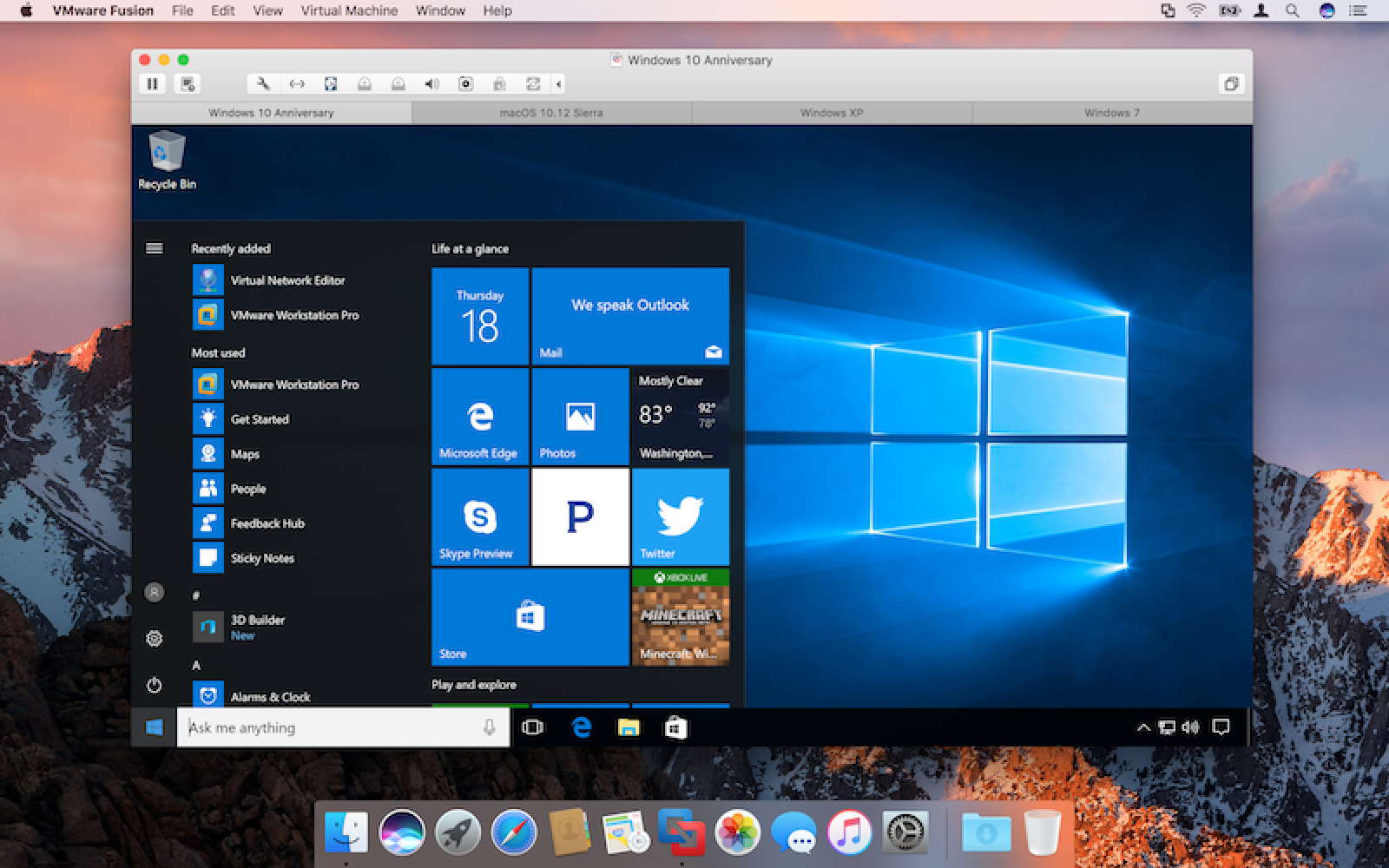14th Feb 2020
Mac Install Homebrew Catalina Download
Install PostgreSQL using Homebrew. In Terminal run the following command to install PostgreSQL on Mac using Homebrew. $ brew install postgres. We can check the version of PostgreSQL using the psql command. $ psql -version psql (PostgreSQL) 11.5. Homebrew complements macOS (or your Linux system). Install your RubyGems with gem and their dependencies with brew. “To install, drag this icon” no more. Homebrew Cask installs macOS apps, fonts and plugins and other non-open source software. $ brew install -cask firefox. Making a cask is as simple as creating a formula. Step 2: Install Node. By installing NodeJS you will also get NPM which is Node package manager. It will help you to install other packages. To install Node on your Mac using Homebrew type the following command. $ brew install node. Once you have Node installed you can check its version by typing the following command in the terminal.
I had to reconfigure my Macbook after sending it for repairs. During the reconfiguration period, I noticed the instructions I linked to in “Setting up a local MongoDB connection” were outdated.
Step 4 — Installing, Upgrading, and Removing Packages. Now that Homebrew is installed, use it to download a package. The tree command lets you see a graphical directory tree and is available via Homebrew. Install tree with the brew install command: brew install tree.
Here’s an updated version on how to install MongoDB on a Mac.
There are a few steps:
First, you install Homebrew. If you’re curious about what Homebrew is, read this article.
Second, find the MongoDB tap.
Third, install MongoDB.
MongoDB is now installed on your computer.
Preparations (Before MacOS Catalina)
Before you can use MongoDB, you need to create a /data/db folder on your computer to use MongoDB. You can create this folder with the following command:
You also need to give permissions to use it:
Now you can follow the rest of the article to set up your MongoDB connection.
Preparations (MacOS Catalina onwards)
Apple created a new Volume in Catalina for security purposes. If you’re on Catalina, you need to create the /data/db folder in System/Volumes/Data.
Use this command:
Then, use this command to give permissions:
Install Homebrew Mac Os Catalina
Using MongoDB
In the past, I can run the mongod command to start MongoDB. This no longer works out for the box from MongoDB v4.2.3 onwards.
The best way to start MongoDB now is via brew services.
Starting MongoDB
Use this command:
MongoDB will start as a background service. Here’s what you’ll see:
You can use start instead of run. start will start MongoDB automatically when you login into your Macbook. I prefer run since I don’t want MongoDB to be running all the time.
Checking if MongoDB is running
Use this command:
Homebrew will list all running services. If MongoDB is running, mongodb-community will have a status set to started.
The Mongo Shell
If MongoDB is running, you should be able to access the Mongo shell with the mongo command.
Stopping MongoDB
Use this command:
Homebrew will stop MongoDB and let you know.
Aliases to make these easier
It’s a chore typing brew services run mongodb-community every time I want to start MongoDB.
I created some aliases to make things easier for me. Here are my aliases:
What’s next?
If you haven’t already, you should learn how to set up a local MongoDB connection.

If you enjoyed this article, please tell a friend about it! Share it on Twitter. If you spot a typo, I’d appreciate if you can correct it on GitHub. Thank you!
if you do not have brew installed on your mac, Install homebrew on your mac by running the following command on your Terminal.
Install kafka in MacOS Catalina
First install openjdk 8 using brew cask and then install kakfa.
When the installation completes, It will show you something like below

Start zookeeper & kafka as a service
Stop zookeeper & kafka service
If you do not want to run kafka & zookeeper as a service use below commands
If you face any error in starting kafka, you will have configure listeners in /usr/local/etc/kafka/server.properties config file,
uncomment and change the values like below
Check if kafka is functioning properly
Create test topic
Start kafka consumer console
Start kafka producer console
Once the producer starts enter any message and press enter.
Comments are closed.